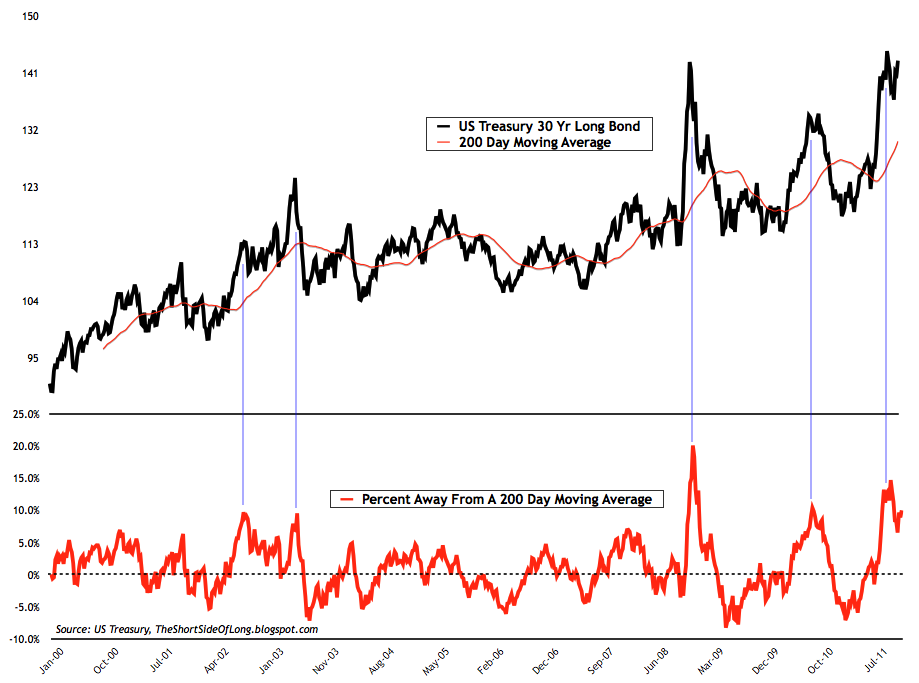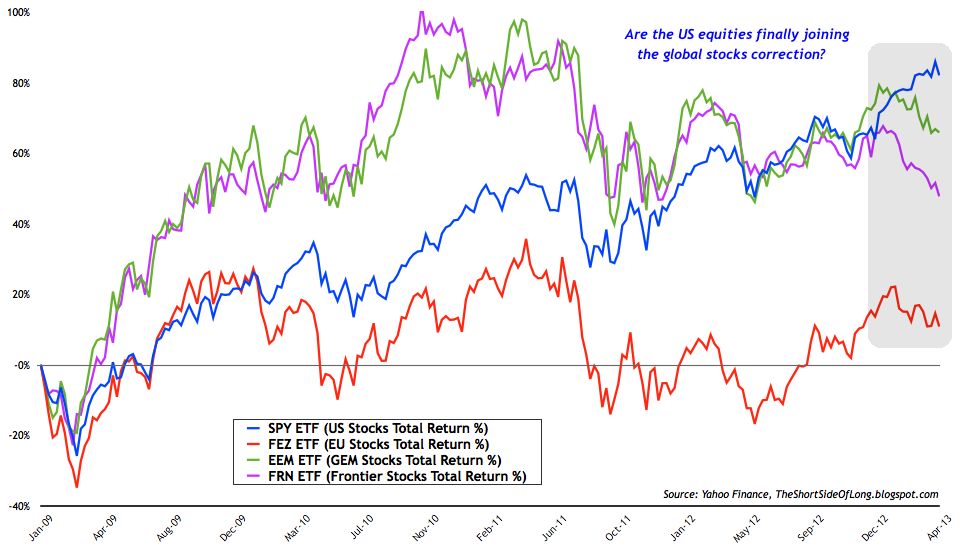ESI Bond Pricing in the Market
Post on: 24 Май, 2015 No Comment

Buying and selling an investment (of any type), position keeping, and calculating realized and unrealized profit and loss.
How coupon interest is figured on trades, and how interest income and expense is calculated.
These determine the details associated with coupon interest.
This page can also be read stand-alone. Nevertheless, it is true that to have an accurate understanding of bond pricing it is necessary to understand the big picture. For instance, the day count convention used on a bond impacts not only the interest bought/sold, but also the price and realized P&L. This is true even for constant cash flows, which may not be at all intuitive. Likewise, certain folk wisdom (e.g. how certain conventions favor lenders) also turn out to be untrue in the wider context.
There are a number of topics which we neither discuss nor consider, such as:
- Tax impact.
- Balance sheet tailoring.
- Specific tactical considerations.
We also give very little attention to fees, commissions, and the like. Our focus is on principal and interest.
If you have any questions or comments on this material, we encourage you to e-mail us at BondPrc@eclipsesoftware.biz.
Points to Remember
Before getting into the details of bond pricing, there are some background points that are useful to keep in mind.
The Primacy of Cash and Time
Investing is bottom-line oriented: cash out vs. cash in. When you buy or sell a bond, the cash is generally split among various categories. For instance, when you sell a bond, you normally receive cash for the accrued interest since the last coupon date (see Trade Interest Bought/Sold ). You may also pay a commission or fees. But on a cash-flow basis, you only care how much you’re out of pocket.
Consumer Purchase Analogy
Consider the purchase of a consumer item on-line.
If two vendors charge the same price, but one has twice the shipping charges plus higher handling charges than the other, it’s not difficult to figure which is the better deal.
This may lead you to reconsider what the price really is.
You will probably also want to consider the vendors’ reputations (user ratings) when making your decision.
That’s why we are being careful to talk about value, not price or even market value (we’ll get to these later). We are only concerned with how much you pay or receive.
Another aspect of this is that the relevant trade field for evaluating investments is always settlement date. Thus interest bought/sold on a trade is based on settlement date rather than trade date. Likewise interest income is always figured on settlement date positions, even though inventory and trading P&L are calculated on trade date positions (for the reasons for using trade date for inventory, see Date Basis ).
Risk and Return
Risk affects value. In the Consumer Purchase Analogy. the less trustworthy vendor will not be able to get the same amount for the same goods.
More generally, the higher the risk associated with a transaction, the less you will be willing to pay. This is another way of saying you require a higher return.
The No-Arbitrage Principle
This is a fancy name for you can’t get something for nothing.
Putting it more technically, equivalent cash flows (e.g. coupon payments plus the return of principal) with the equivalent risk must have the same value.
If two equivalent investments have different values, you can make a risk-free return with no investment: go short the higher value investment and long the lower value.
The bond HI-VAL has a value of $98. The bond LO-VAL, with the same risk (e.g. the same issuer and terms) and set of coupon and principal payments, has a value of $96.
To make your risk-free return, with no investment on your part, you sell the bond HI-VAL, receiving $98 in cash. You buy LO-VAL, paying $96 from the $98 you received for the short sale.
You now have $2, with no investment on your own. When you receive the coupon payments for the bond you own (LO-VAL), you transfer the (equal) payments to the party you shorted HI-VAL to. The same applies to the principal payment(s).
It is important not to forget the clause equivalent risk. Otherwise equal cash flows won’t have the same value. Conversely, if equal cash flows have the same value, they basically have the same risk.

The Importance of Conventions
Like so much of the securities market and processing, there are a number of conventions that you have to be aware of and simply get used to. It’s part of the process. You may have a PhD in math, but if you ignore the conventions you will be out of step with the market. Which means you will lose money as well as being confused.
We will discuss the conventions as they come up. These are some of the ones we’ll address:
- Price versus present value; principal and interest bought.
- Understanding quoted prices, e.g. 98.5.
- The rounding and significance of intermediate and final results.
- Yield and Market yield.
- Clean and dirty pricing.
- Coupon payments as simple.
- Reinvestment assumption.
Valuing a Sequence of Cash Flows
The present value (we’re still not ready to talk about a price see price in the Glossary) of a sequence of future cash flows is equal to the sum of the discounted values of those cash flows. This is really just another way of stating the No-Arbitrage Principle. If the present value were anything else, you’d have a risk-free way to make money without investing anything up front.
Rate, Yield, and Return
There are a number of related terms that address the time value of money. The discussion here considers one: how much is an investment worth in one year? If we invest $100 and receive $107 in one year’s time, our return is 7% (expressed decimally as 0.07). We will also call this yield.
If we look at it the other way, e.g. we are to be paid $107 in a year and someone offers us $100 now for that payment, we say that it is being discounted at 7%.
These are different ways of saying the same thing, and we use the variable R to refer to it.
We discuss other terminology in Additional Yield Measures
The problem, of course, is determining the appropriate discount rate to use.
For our purposes, we take the rate set by the market. After all, that determines the cash you will have to invest.
If you think the market discount rate is too high (and thus the amount to pay is lower than what you figure is appropriate), then you will buy. Since a higher discount rate is associated with greater risk, another way of saying this is that you think the risk is less (i.e. usually that the issuer’s credit worthiness is higher than what the market thinks).
If you think the issuer is more likely to default than the market thinks, you won’t buy.
It’s as simple as that. But the rate is set by the market.
Valuing an investment basically looks at four factors: cash in, cash out, time, and risk. We are taking the discount rate as established by the market (though we will discuss it again briefly in Determining the Discount Rate ), leaving three factors.
There are a number of analyses of interest, defined by the factor we are solving for.
- Determining Future Value. This is forward-looking. Given a yield (rate-of-return), how much you will receive in, say, a year for a given amount invested? The investment can be a bond, CD, bill, bank account deposit, or any fixed income instrument.
- Determining Present Value. This is the opposite of the above, determining the present value of a future receipt of cash at a certain time, at a given yield.
- Determining Yield. Given a present value and future value at a specific time, what is the yield?
All three ways are mathematically equivalent. We will discuss them in turn.














